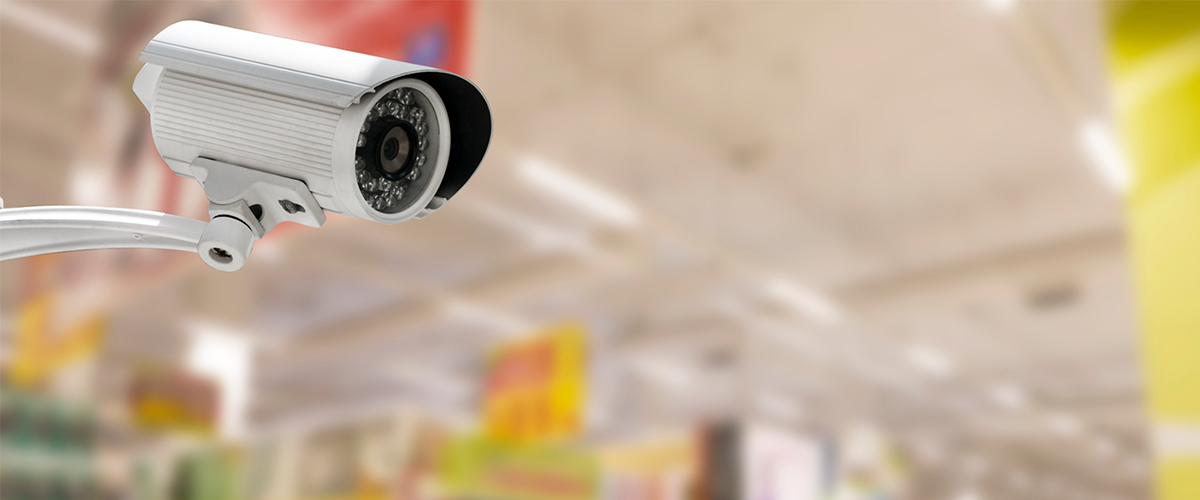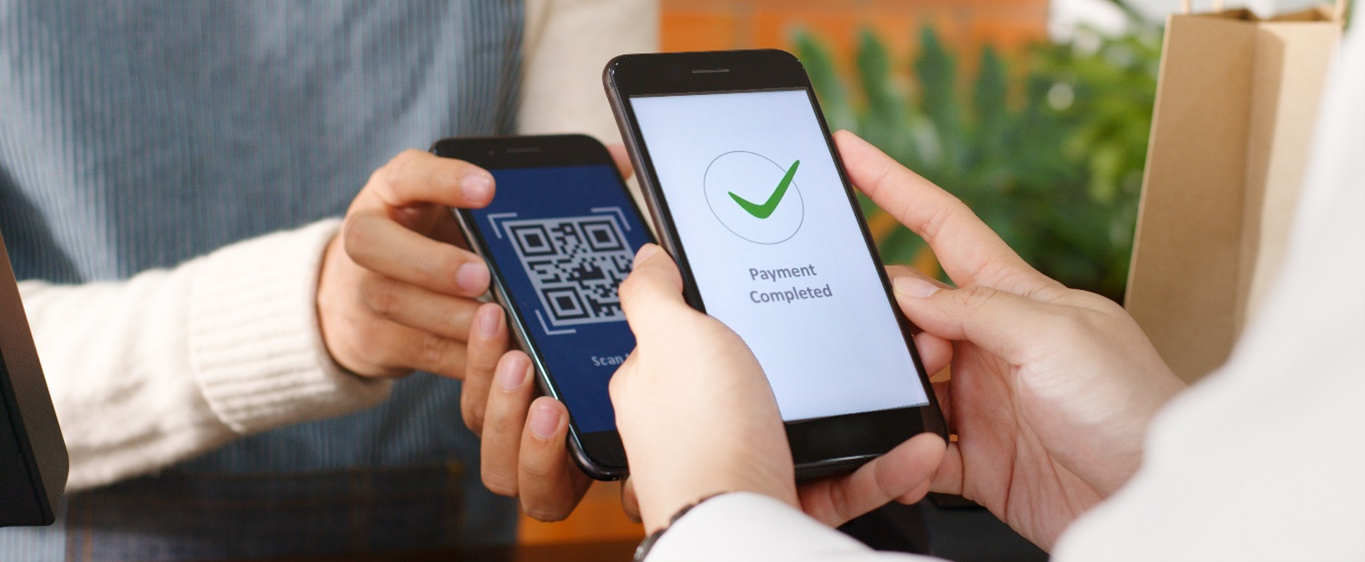As technology transforms the retail landscape, self-checkout systems have become increasingly popular for their efficiency and convenience. But, with advancing checkout technology often comes concerns over loss prevention. While robust security measures are important, it’s essential to avoid causing friction to the customer experience. So, the question becomes, how can retailers get the most out of their loss prevention technology at self-checkout while also ensuring a secure and frictionless shopping experience for both customers and the company?
The short answer is to implement user-friendly security measures that minimize friction in the checkout process such as clear signage and intuitive interfaces ensures a seamless experience while maintaining effective loss prevention. Those security measures can look like a number of things.
1. Strategic Camera Placement: Eyes on Every Transaction
Be strategic with where you place your cameras. Having a network of high-quality surveillance cameras is the first line of defense in self-checkout loss prevention. Make sure to cover every angle of the self-checkout area, including the payment terminal, bagging area, and exit points. The objective is to provide clear visibility, acting as both a deterrent and a reliable source of evidence in the event of suspicious activity. Additionally, incorporating clear signage reinforces the presence of surveillance, maintaining transparency without compromising security.

2. Implement Weight Sensing Technology: Red Flags for Unscanned Items
Integrate weight sensing technology into self-checkout systems to detect discrepancies between scanned items and the actual contents in the bagging area. This technology can raise alerts for unscanned items or potential theft attempts, ensuring that every product is accurately accounted for during the checkout process. By implementing this kind of system, retailers can address potential issues before they escalate, fostering a secure shopping environment.
3. Deploy RFID and Barcode Scanning: Accurate Item Tracking
Accurate item tracking is the foundation of successful loss prevention efforts. Incorporating RFID and barcode scanning technology, such as produce recognition, ensures that each item is matched with its intended counterpart. Beyond reducing errors, these technologies also act as deterrents against intentional theft. Retailers using these cutting-edge solutions not only enhance their loss prevention measures, but also build customer trust in the accuracy of transactions. The result is a secure and efficient self-checkout environment that is able to keep up with the evolving expectations of shoppers.
4. Enable Remote Monitoring and Auditing: Real-Time Oversight
Implement a centralized system that allows for remote monitoring of multiple self-checkout stations simultaneously. Real-time oversight is a game-changer in loss prevention, and achieving it requires a centralized system that enables remote monitoring of multiple self-checkout stations at once. This proactive approach allows loss prevention teams to swiftly intervene when suspicious activities are detected, preventing potential losses. Regular remote audits ensure that the self-checkout technology is functioning properly and is identifying and addressing any issues as quickly as possible. This combination of real-time oversight and proactive maintenance contributes to a reliable loss prevention strategy.
5. Invest in Secure Payment Solutions: Fraud Prevention
Choose self-checkout systems that incorporate secure payment solutions. Choosing self-checkout systems equipped with secure payment solutions is a critical component of loss prevention. The addition of contactless payment options adds an extra layer of security, reducing the risk of payment fraud. Beyond minimizing security concerns, secure payment options instill confidence in customers, encouraging trust in the self-checkout process. This dual emphasis on fraud prevention and the customer experience helps to create a positive shopping experience, solidifying the role of self-checkout as a reliable and secure alternative to traditional checkout.

In conclusion, the optimization of loss prevention technology at self-checkout requires a holistic and multifaceted approach. Retailers can achieve success by strategically implementing these technologies to strike a balance between security and user experience. Embracing innovation while prioritizing loss prevention sets the stage for a safe, efficient, and customer-centric self-checkout environment. Recent statistics indicate that 42% of U.S. retailers are scaling or already have a mature plan for utilizing loss prevention A.I., underscoring the growing importance of these practices in the retail landscape.







